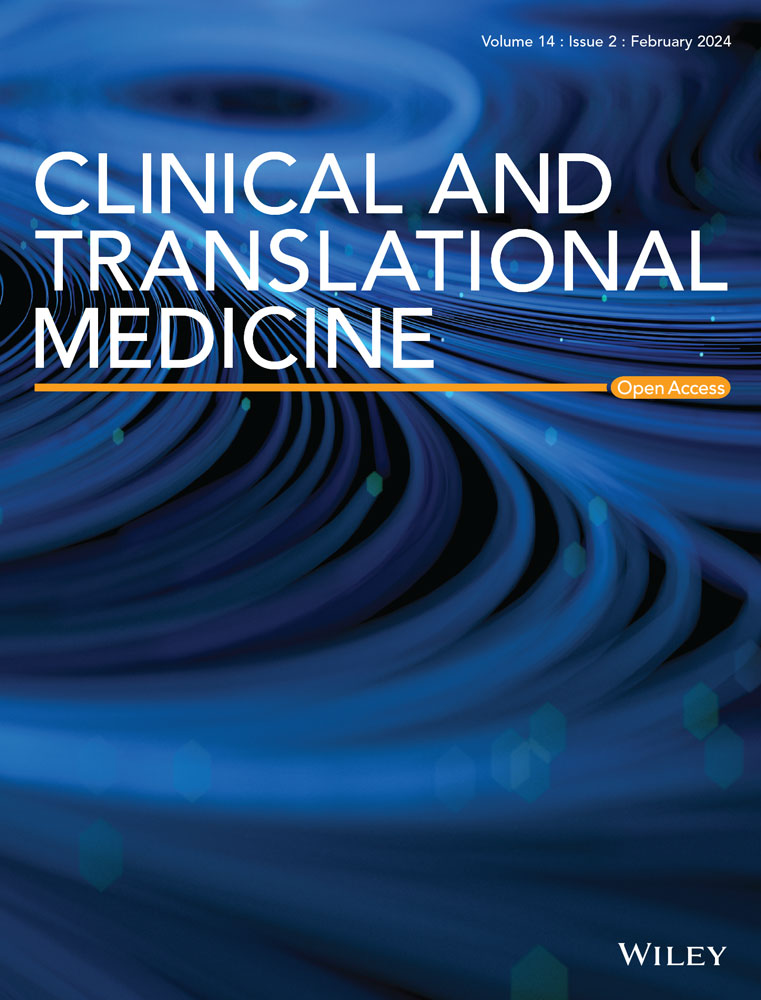Sendotypes predict worsening renal function in chronic kidney disease patients
Abstract
Background
Senescence associated secretory phenotype (SASP) contributes to age-related pathology, however the role of SASP in Chronic Kidney Disease (CKD) is unclear. Here, we employ a variety of omic techniques to show that senescence signatures can separate CKD patients into distinct senescence endotypes (Sendotype).
Methods
Using specific numbers of senescent proteins, we clustered CKD patients into two distinct sendotypes based on proteomic expression. These clusters were evaluated with three independent criteria assessing inter and intra cluster distances. Differential expression analysis was then performed to investigate differing proteomic expression between sendotypes.
Results
These clusters accurately stratified CKD patients, with patients in each sendotype having different clinical profiles. Higher expression of these proteins correlated with worsened disease symptomologies. Biological signalling pathways such as TNF, Janus kinase-signal transducers and activators of transcription (JAK-STAT) and NFKB were differentially enriched between patient sendotypes, suggesting potential mechanisms driving the endotype of CKD.
Conclusion
Our work reveals that, combining clinical features with SASP signatures from CKD patients may help predict whether a patient will have worsening or stable renal trajectory. This has implications for the CKD clinical care pathway and will help clinicians stratify CKD patients accurately.
Key points
- Senescent proteins are upregulated in severe patients compared to mild patients
- Senescent proteins can stratify patients based on disease severity
- High expression of senescent proteins correlates with worsening renal trajectories


 求助内容:
求助内容: 应助结果提醒方式:
应助结果提醒方式:


